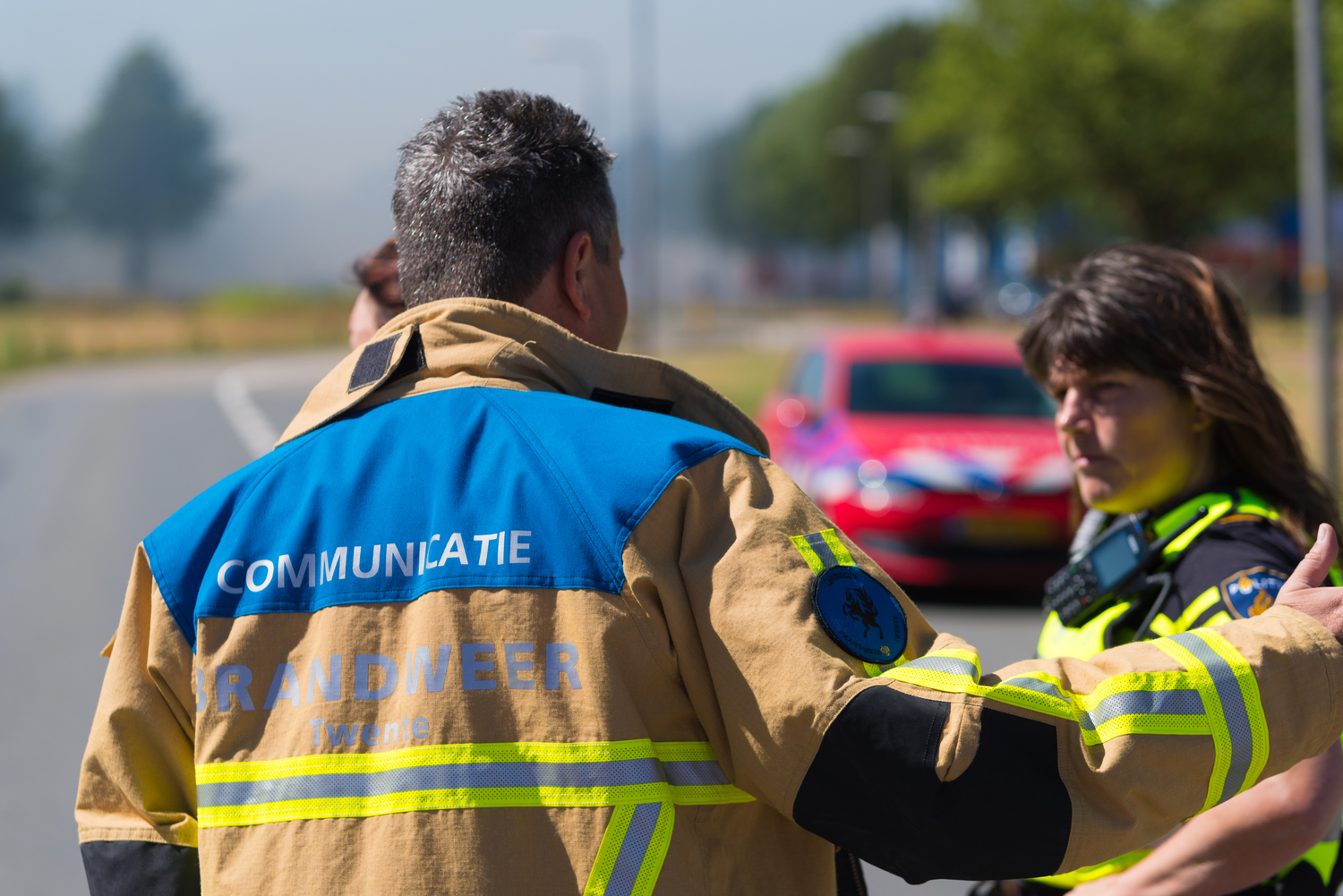What is the purpose of a pre-accident plan? How can you prepare for the unthinkable?
These days, the term, “active shooter,” is far too commonplace. For first responders, the term “active shooter” can mean a potential threat to their survival.
First responders better their chances of survival by continually exploring ways to prepare for and respond to such incidents. One way in which to prepare is by coming up with a pre-accident plan.
Think of:
- Police
- Fire
- Emergency medical services
- Schools
- Government agencies (including our military)
- Even corporate security personnel
Each of these entities plan for violent attacks from both within and outside of their facilities. Most of their jobs are to run toward danger to neutralize a threat, mitigate damage, treat victims, or protect survivors.
So, what is the purpose of a pre-accident plan?
The purpose of a pre-accident plan is to give “control” to those in charge of either actual physical facilities, or the government agencies authorized to direct emergency operations. The concept of control can be problematic depending on the type of “accident.” A pre-accident plan prepares people throughout an organization for real world incidents, including their aftermaths, lending to greater “control.”
An “accident” could be anything – an assault by an upset employee, a hazardous material spill, a fire, a worker caught in equipment, even a terrorist attack. In some circles, it more appropriately dubbed a “critical incident” from the standpoint that somewhere between human error and calculation, there’s rarely such a thing as a pure accident.
“Control” is a misnomer, particularly in extreme circumstances. Most incidents involve the element of chaos. It might be short-lived, but chaos is often times prolonged, even in the aftermath. Emergency responders are trained on the premise that you can’t control chaos, but you CAN “manage” it, even with limited resources.
The expression, “Poor planning on your part does not necessarily constitute an emergency on mine,” unfortunately rings hollow. The lack of pre-accident planning makes a critical incident worse, and typically DOES constitute an emergency. In spite of standardized federal incident command training, coordinated multi-agency responses are hampered by departments which either don’t plan, lack adequate resources, or just go through the motions. The same applies to private companies; the size of the organization doesn’t matter.
Worst case – personnel receive basic training in their discipline – but because of short-sighted budgeting, people shortages, calls for service, lack of leadership, and the “bureaucracy,” they’re forced to rely on awareness, ability, instincts, and minimal equipment and physical security to survive. Stretched thin, they don’t prepare pre-accident plans. They don’t even consider the question, “What is the purpose of a pre-accident plan?” or “Why do I need a pre-accident plan?”
Best case – leadership asks the question, and as a result, they plan. They assess resources: physical plant and personnel, training and tactics, equipment, communications, and where outside help is coming from. They educate other leadership, employees, and the public. They include the rank and file. They adequately fund, equip, and train their staff and drill with partner agencies. They shore up their physical plant. They stay current on the latest intel, and review and update plans. They communicate top to bottom.
They get real.
Tools such as L-Tron’s OSCR360 can assist agencies in creating a pre-accident plan and learning the layout of high-risk areas – schools, universities, stadiums, public buildings and more.
To learn more about the specific components of pre-accident plans, read Part 2 of this blog series.
